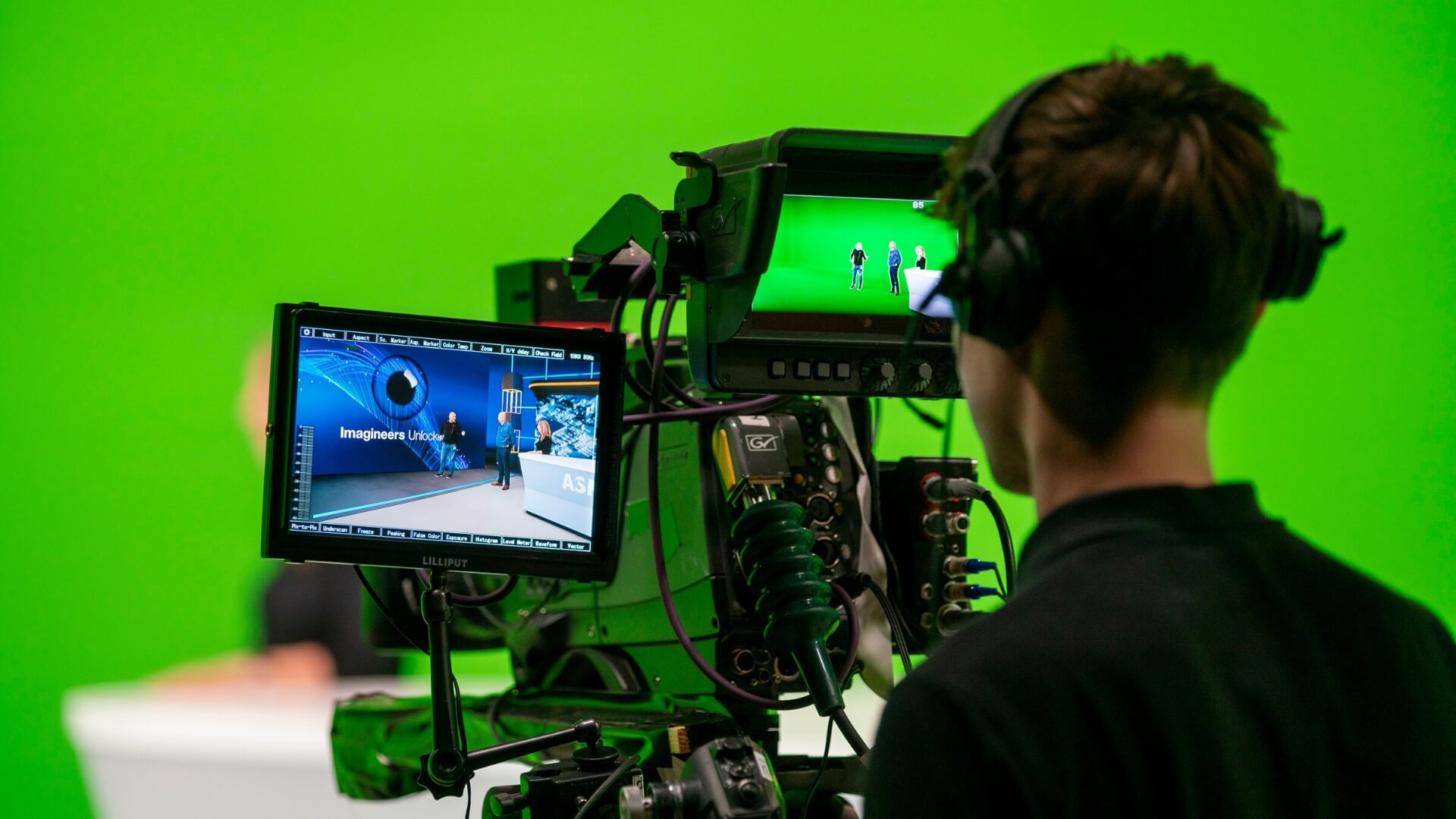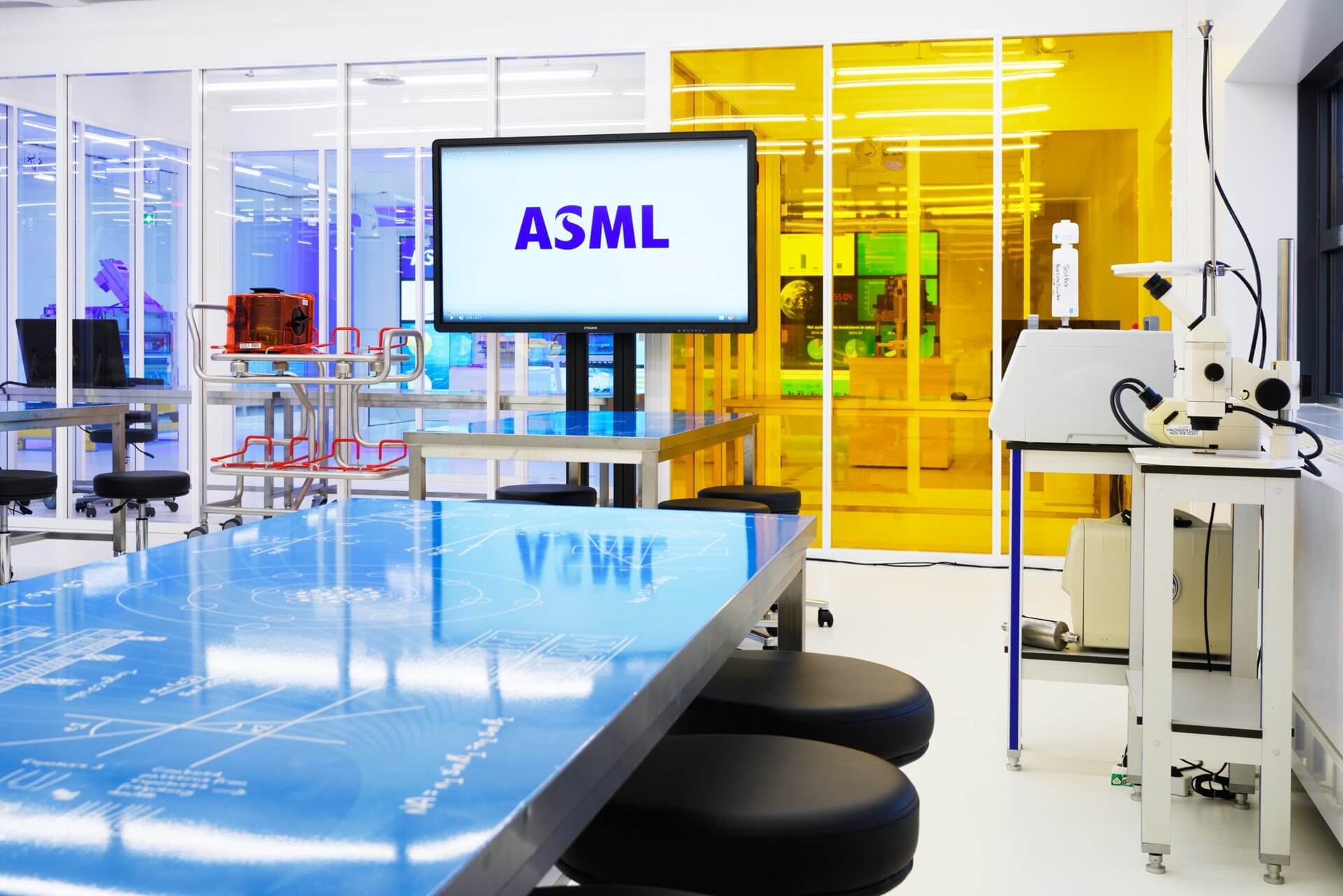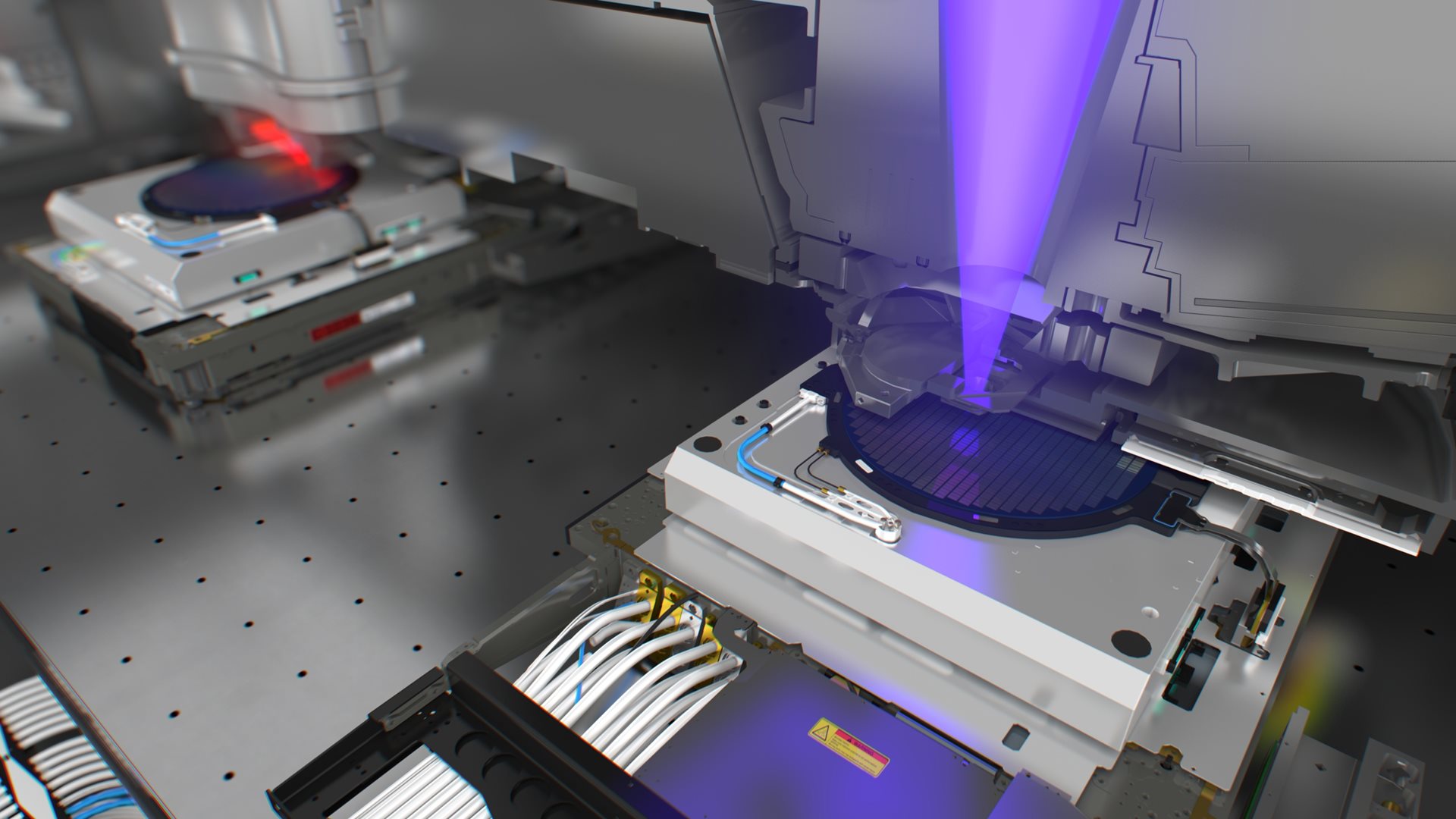Press release - Tokyo, Japan, December 3, 2003
ASML Holding NV (ASML) today announced the industry's first immersion lithography system – the TWINSCAN XT:1250i – a 0.85 NA, 193 nm pre-production lithography scanner that combines the improved depth of focus of immersion tools with the precision of 'dry' lithography systems. ASML has already booked a customer order for the XT:1250i with initial delivery set for Q3 2004.
ASML has a unique competitive advantage in immersion techniques due, in part, to the dual-stage design of its TWINSCAN system. Wafer measurement – including focus and overlay – is completed in the dry stage (the metrology station) while the imaging process, using immersion fluid applied between the wafer and the lens, is completed in the other, wet stage (the exposure station). The dual-stage advantage of TWINSCAN systems enables customers to gain the process enhancements of immersion and continue with familiar and proven metrology.
Another benefit to customers from ASML immersion systems includes the similar lenses used for both immersion and dry lithography. Customers choose the systems that meet their needs and only slight lens modifications are required.
“ASML marks its technology leadership with another industry first – the first ever pre-production immersion system. Our customers and the market have long debated the benefits of 157 nm vs. immersion technologies. With the introduction of the XT:1250i, ASML has committed itself to be the only company that delivers both. Customers have their choice,” said Doug Dunn, president and CEO, ASML.
The XT:1250i is the immersion version of ASML’s recently announced TWINSCAN XT:1250. Both systems operate at the 65 nm node with half-pitch resolution at 70 nm. The XT:1250 is geared for advanced production, while the XT:1250i allows customers to test and qualify immersion processes. The XT:1250 and XT:1250i come equipped with Ultra-k1, a hardware and software portfolio that enables chipmakers to shrink circuit features, ensure high die yields and maximize bottom-line return.
About ASML


